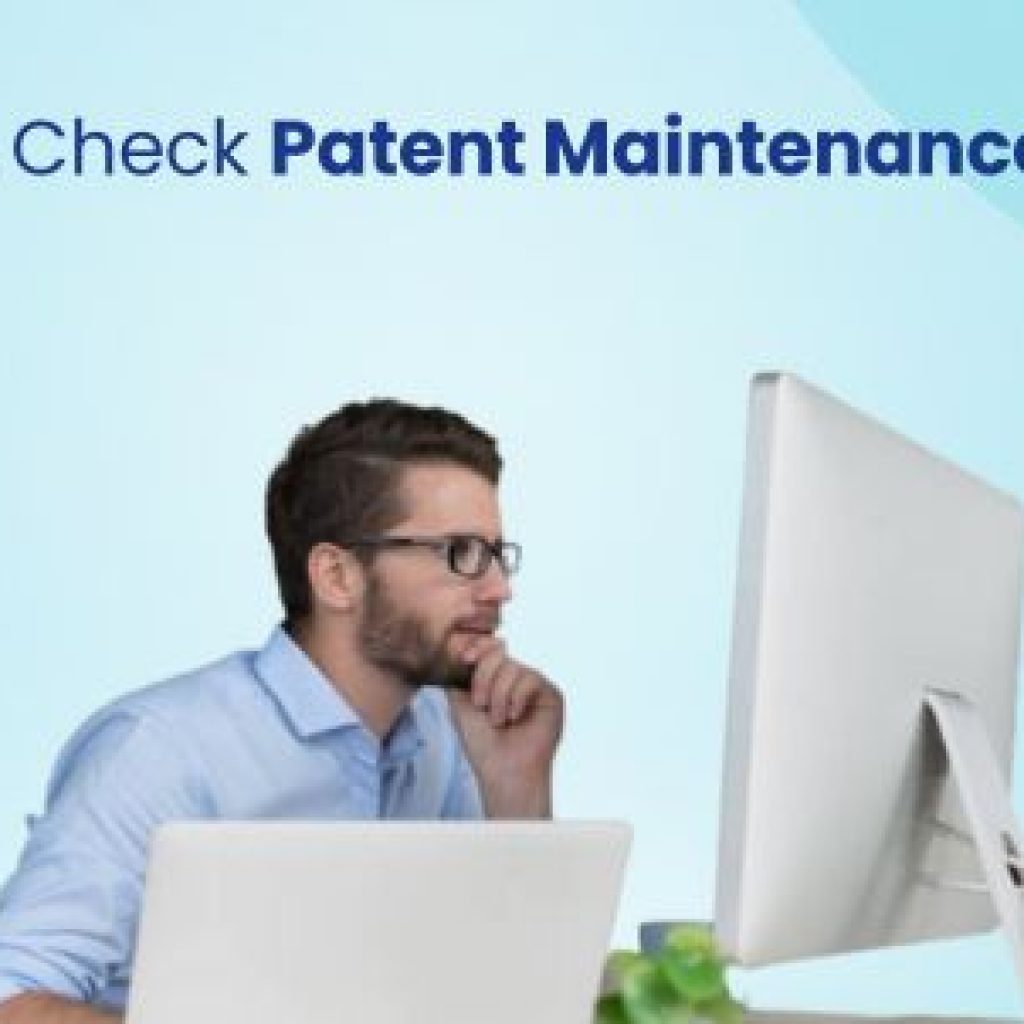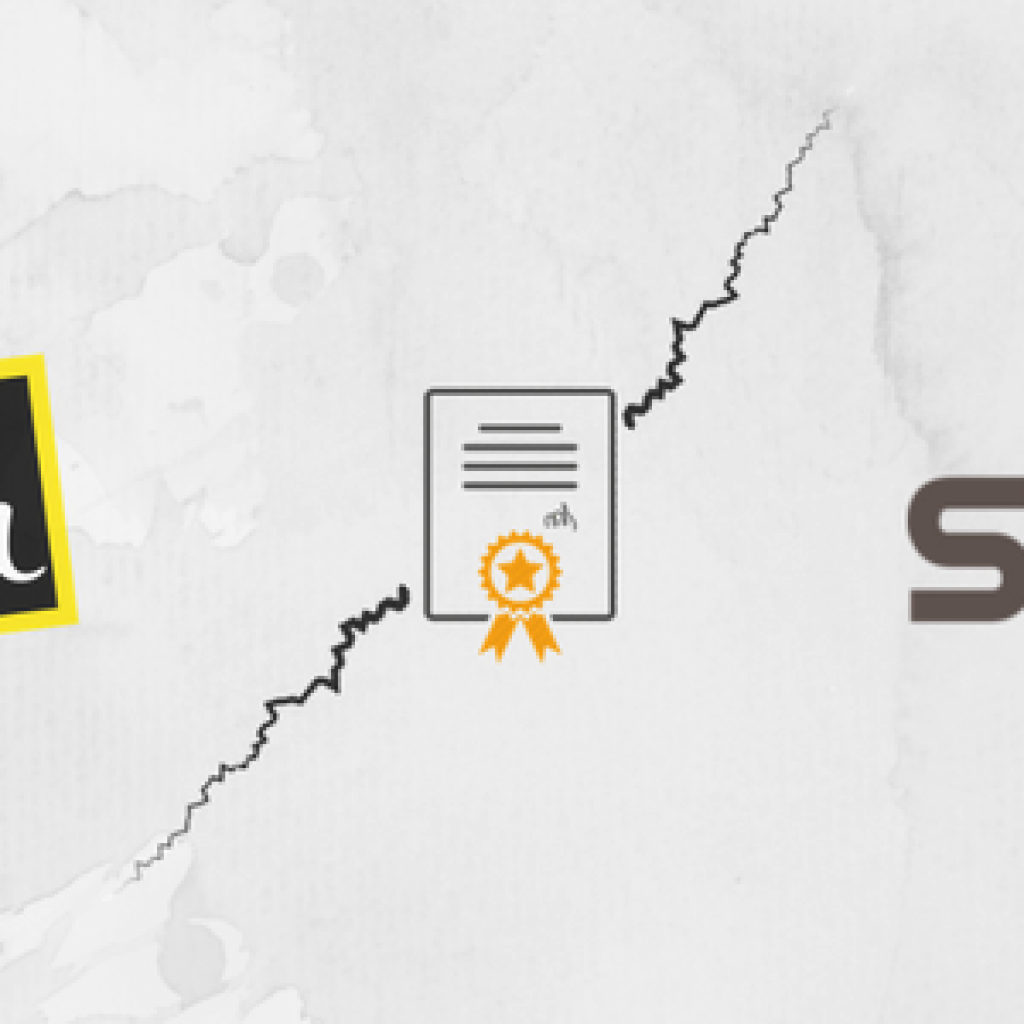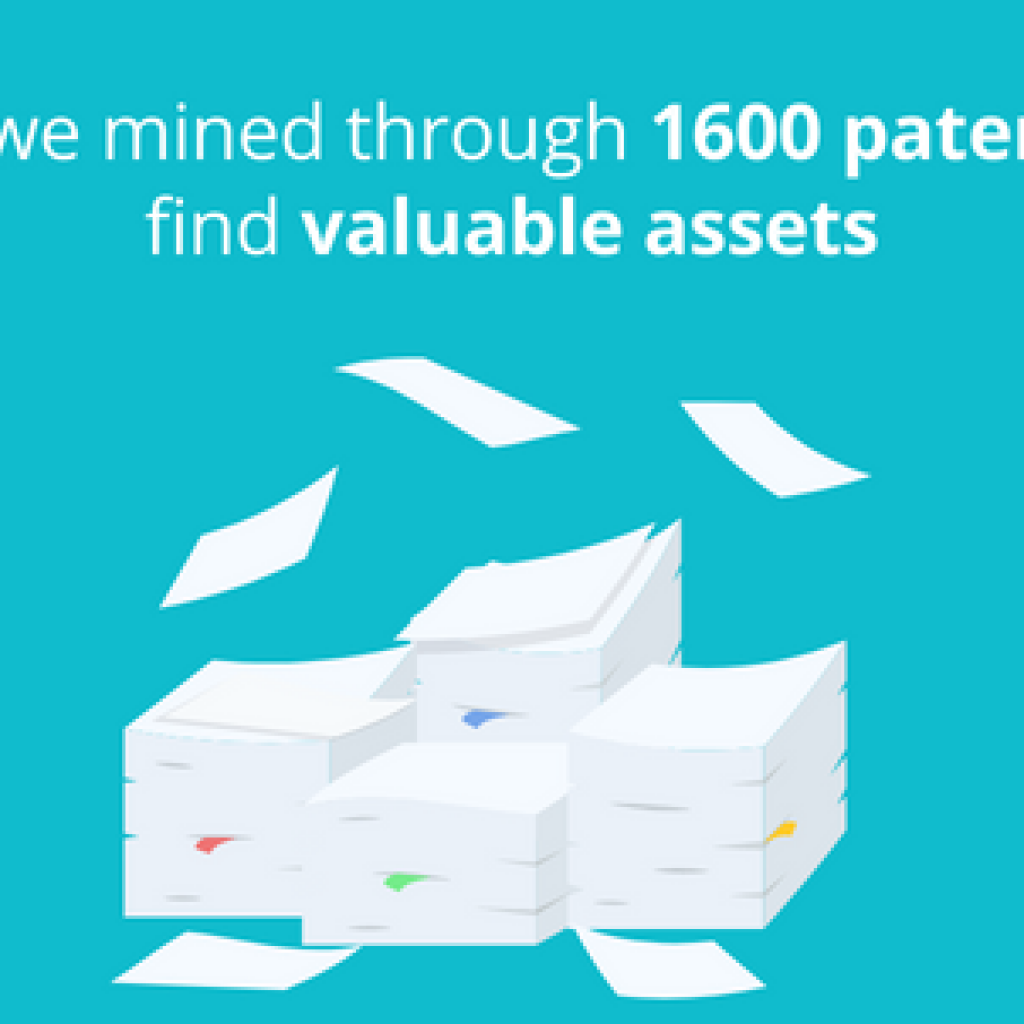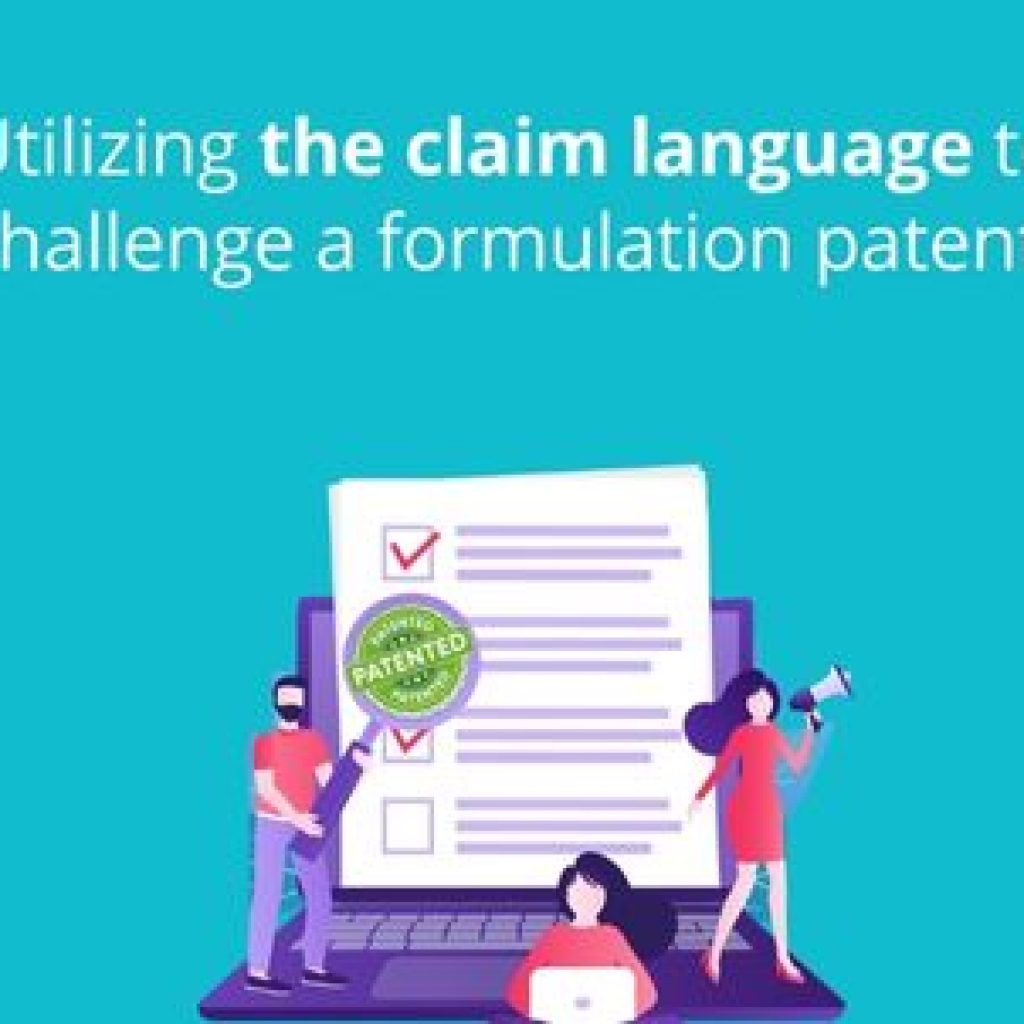“Searching prior art is not a process, it is an art.”
In my 6 years of experience, I have been a part of ~250 patent invalidation processes. If it has taught me anything, it is that there are multiple ways to invalidate a patent. You not only require knowledge of the technology but also a tremendous amount of skill to frame effective search queries, observe different pointers while reading results, build intuitions, and follow up on every lead till you hit the bullseye.
Now, a searcher’s first choice is usually to search in patent databases, like Google Patents, Thomson, Total patent, Patseer, PatSnap, etc. But when traditional searches in patent databases fail to uncover prior art, skilled prior art searchers look towards unconventional resources in non-patent literature (NPL), which in fact, is very effective.
The key to finding great prior art, in my opinion, is not to focus blindly on search but to understand where the sweet spots which Examiner might have missed are and explore them first.
Now, though examiners conduct prior art searches to the best of their ability, due to time constraints, it often happens that solid prior art, sometimes hidden in remote corners of the web, is overlooked.
What do you mean by remote corners of the web? And how good are the chances of finding prior art in those “Corners”? – You ask.
Pretty Good, to answer your second question.
To answer your first question, the remote corners of the web refer to obscure sources, archives where one might not conventionally look while searching for prior art. Many a time, we have found solid prior art in those obscure archives, skipping which could have resulted in a “No Results Found” mail to our clients.
Among multiple instances that I could cite where we found prior art in obscure archives, one particular instance stands out to me. Time for a tale.
Before I go ahead with narrating the tale, I would like to share another interesting way to invalidate patents where we used concepts of GSM and 3G to invalidate 4G patents.
How we found Prior Art with the FCC ID search?
A little while ago, we were requested to conduct a patent search related to distributed antenna systems in which a distribution unit supplies power, data, and radiofrequency signals to a remote antenna unit.
Patent Literature didn’t prove to be of much help, and we had to go unconventional. Upon digging, we discovered a company by the name Zinwave which had a similar product. Now though that was a plus, it wasn’t a huge benefit as we couldn’t gather enough literature to prove the presence of all the required features.
Do you know what could save the day for us?
Manuals depicting/describing the working of this exact product.
And we knew the exact route to take – FCC ID Search.
For those unaware, An FCC ID is a unique identifier assigned to a device registered with the United States Federal Communications Commission.
For the legal sale of wireless devices in the US, every manufacturer must:
- Have the device evaluated by an independent lab to ensure it conforms to FCC standards
- Provide documentation to the FCC of the lab results
- Provide User Manuals, Documentation, and Photos related to the device
- Digitally or physically label the device with the unique identifier provided by the FCC (upon approved application)
In short, FCC IDs are required for all wireless devices sold in the USA.
You may have got a hint of where this is going. No?
Well, FCC ID Search helps find details on the wireless operating frequency including strength, photos of the device, user manuals for the device, SAR reports on the wireless emissions, et cetera.
Exactly what we were looking for.
We entered the FCC ID of the product by Zinwave, and we were in for a treat. We found PDFs that described the working of that product, and they were practically a gold mine of system-prior art in that search.
Needless to say, we landed some pretty solid prior art. We lived another day, living by our slogan- “If it exists, we will find it”. All thanks to FCC ID Database- An excellent source of system prior art.
FCC ID Search came to our rescue multiple other times. In a totally different case, we were assigned to figure out prior art against a particular design of a waterproof radio. The unique thing about this design was the plugs that would seal the wire entry holes into the radio.
We performed a FCC ID search in the databsse and came across a document from Huawei that discussed the exact same thing.
Mission Invalidate the Patent – Successfully Accomplished.
We believe this guide will help you in your patent search projects: We have created a 44 pages guide on how to use Google Scholar to do patent and legal research. The guide can help you find relevant non-patent references. You can download it by filling the below form:
Which are other non-patent literature sources where you can find prior art?
FCC ID Database is one of the multiple obscure (for a few) sources where we look for prior art.
During our searches, we found amazing prior art in some of the other unexpected places. Below we have listed a few of them.
- Hitachi’s news archive: Hitachi has been a repository of all the important news since 1995. In fact, they are pretty solid with technical details – like this one: http://www.hitachi.com/New/cnews/month/2017/05/170522.html
- JEITA standards: When we were exploring the charging domain, we found that JEITA standards can be a very good source. It gave some pretty close prior-arts in a few charging-related cases.
- Industrial Documents Library: This one particularly relates to the tobacco industry. It provides an immense number of product catalogs/designs/articles on – Tobacco or any other Chemical product, which can be filtered by the assignee (brand). And we checked – it provides us results that are not picked by Google readily.
- Pop Science magazine: Such magazines were very popular during 80-90s, and it was a source for all the geeks to know about what new is happening in the industry. For example, when I search for the keywords ‘virtual reality’, the first result I come across was from a 1994 version of the magazine sharing about the cycling race concept that recently was launched by a company Zwift, and it became very popular: PopSci Virtual Reality Game
These are just the tip of the iceberg.
Every day, a lot of people in the world are converting old physical documents to digital content and making it publicly available.
Chances are, prior art that you didn’t think exists is out there, digitalized in some obscure web archive. One could find it, provided one does not limit themselves to existing knowledge and a conventional set of unconventional resources.
But why tread the waters alone when our experts can guide you in the right direction? For GreyB, If it exists, we will find it, and the best part is, we are just a click away from providing prior art search services.
Authored by: Arindam Som, Group Manager, Operations.
Related Case: How we’re able to invalidate a composition patent for IPR?











